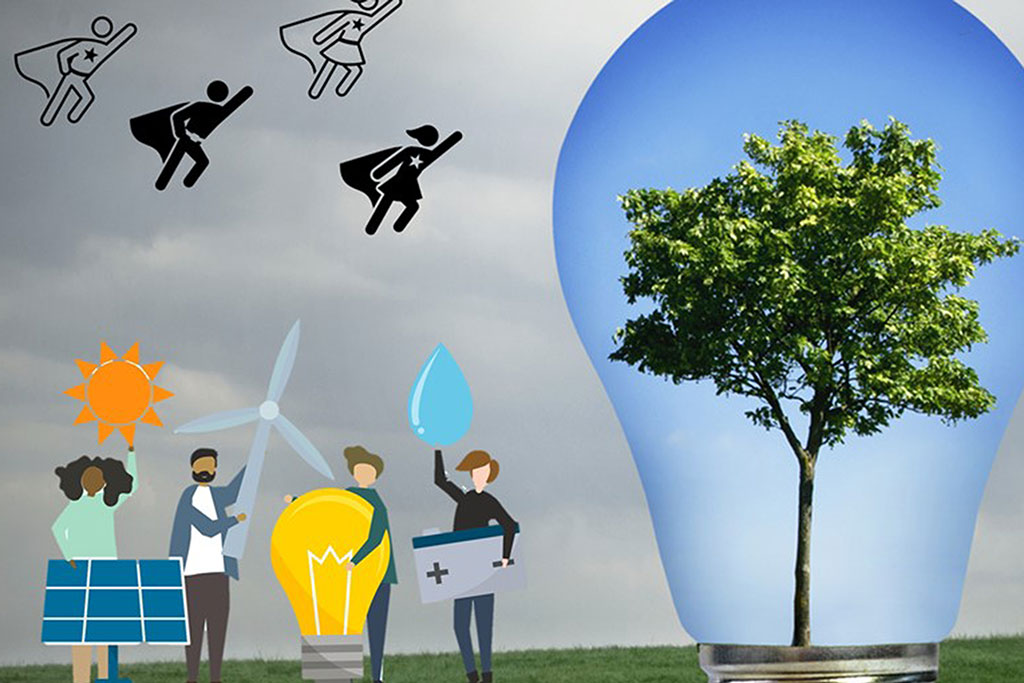Dispatchable power from wind: Fantasy or engineering trivium?
Prof. Seamus Garvey
The UK’s best energy resource is wind. We have sufficient offshore wind resources to power all present energy consumption in the UK several times over and the costs-per-MWh of output energy are becoming very acceptable relative to coal-fired and gas-fired generation. Moreover, wind has the very attractive feature that the resource is generally much higher in winter than in summer (the energy harvested in an average mid-winter day exceeds that collected in an average mid-summer day by a factor exceeding 2). Demand for energy also increases in winter but not by a factor of 2. Hence, using a suitable blend of wind power and solar power (~80:20) in the UK can produce a net demand profile that does not have any strong seasonal (winter-summer) imbalance. Providing some small degree of over-capacity is very useful but there would still be many times when the wind resource is low but demand is high. The phenomenon of having a few days without much wind during a deep cold spell in mid winter is not unusual and so several days worth of energy would have to come from somewhere during such times. Conceptually, the most simple solution to that is to have very large energy stores to shore-up the requirement. However, that is not be best solution. This talk will explain why.
Integrating Battolysers (combined battery/electrolyser) with Renewable Energy Generation
Prof. Dani Strickland
In addressing net-zero targets, it is recognized that green electricity alone is very unlikely to meet the requirements of the complete energy system, for example in areas such as heavy transport. Therefore, alternative energy sources will be required if ambitious decarbonization targets are to be achieved. Green hydrogen has been identified as a low carbon solution that can be used to meet these requirements. One approach to producing low carbon hydrogen is through the electrolysis of water using renewable electricity generation (for example wind or solar). However, the cost of electrolyser technology is currently high and are not designed for intermittent operation. A novel alternative which is currently being explored to address these challenges is a battolyser. The battolyser acts like a battery until it is fully charged and then produces hydrogen gas. A single device which can produce both electricity and hydrogen has the potential to be more economically viable. This presentation explains what a battolyser is and how it can be integrated within the electricity grid.

